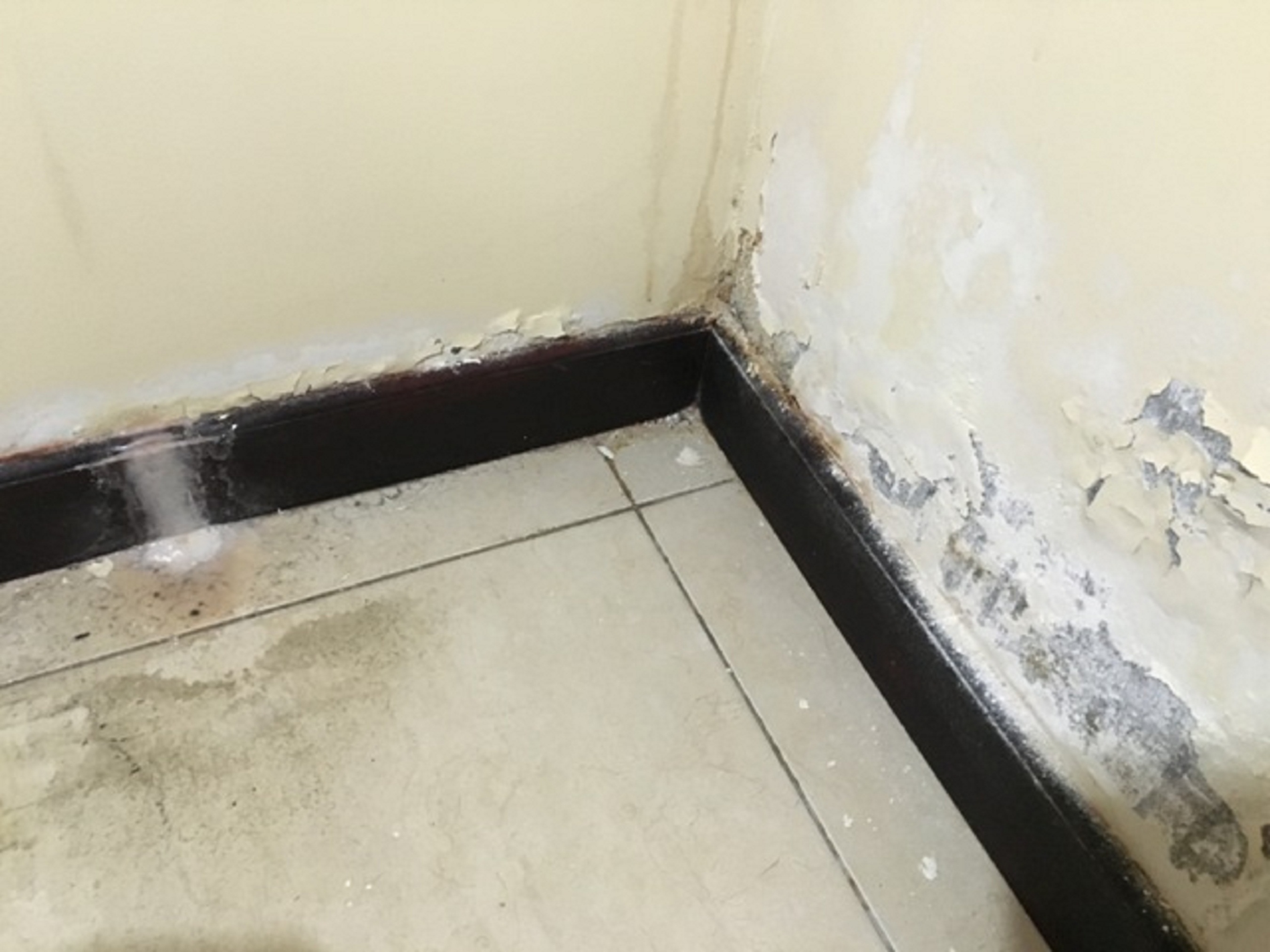Do's & Don'ts of Water Restoration.
Do's & Don'ts of Water Restoration.
Blog Article
This article which follows pertaining to Simple Solutions To Preventing Fire And Water Damage To Your Home is especially attention-grabbing. Try it and draw your own personal final thoughts.

Water offers life, water intrusion on parts where it's not supposed to be can result in damages. Houses with water damages odor old and mildewy.
Water can come from lots of resources such as tropical storms, floods, ruptured pipelines, leaks, as well as sewage system issues. In case you experience water damage, it would certainly be excellent to know some security preventative measures. Below are a few guidelines on how to handle water damage.
Do Prioritize House Insurance Policy Coverage
Water damage from flood dues to heavy winds is seasonal. You can also experience a sudden flooding when a damaged pipeline unexpectedly bursts right into your residence. It would be best to have home insurance coverage that covers both acts of God such as all-natural disasters, and emergency situations like broken plumbing.
Do Not Fail To Remember to Switch Off Energies
In case of a disaster, especially if you live in a flood-prone area, it would be advisable to turn off the main electrical circuit. This cuts off power to your entire residence, protecting against electric shocks when water can be found in as it is a conductor. Additionally, don't forget to turn off the major water line valve. Furniture will certainly move about as well as cause damages when floodwaters are high. Having the main shutoff shut off protects against additional damages.
Do Remain Proactive and also Heed Weather Condition Signals
Storm floodings can be really unpredictable. If there is a background of flooding in your area, stay positive and also ready. Listen to emptying cautions if you live near a creek, river, or lake. Get belongings from the first stage and cellar, after that placed them on the highest possible degree. Doing so minimizes prospective residential property damage.
Do Not Ignore the Roof
Before the climate turns shocking, ensure you have a roof covering evaluation. It would be prudent to get this solution annually as it can reduce complicated concerns. If there are no openings and leaks in your roofing, you can stay clear of rainfall damages. Your contractor will certainly additionally take care of faulty gutters or any other signs of weakening. This will certainly protect against water from moving down your wall surfaces as well as soaking your ceiling.
Do Focus On Small Leakages
A burst pipeline doesn't take place overnight. You might observe bubbling paint, peeling off wallpaper, water streaks, water spots, or trickling sounds behind the wall surfaces. Have your plumbing repaired before it results in large damages.
Do Not Panic in Case of a Burst Pipe
Maintaining your presence of mind is crucial in a time of crisis. Due to the fact that it will certainly stifle you from acting quickly, panicking will just worsen the problem. Timing is essential when it comes to water damage. The longer you wait, the even more damages you can anticipate. Therefore, if a pipeline bursts in your house, promptly turned off your primary water valve to cut off the source. After that disconnect all electrical outlets in the location or shut off the circuit breaker for that part of the house. Finally, call a trusted water damages repair specialist for help.
Water provides life, water invasion on parts where it's not supposed to be can result in damages. Houses with water damage smell old and also musty.
Water damages from flooding dues to heavy winds is seasonal. You might see gurgling paint, peeling off wallpaper, water touches, water spots, or dripping audios behind the walls. When it comes to water damage, timing is key.
Some Do's & Don't When Dealing with a Water Damage
DO:
Make sure the water source has been eliminated. Contact a plumber if needed. Turn off circuit breakers supplying electricity to wet areas and unplug any electronics that are on wet carpet or surfaces Remove small furniture items Remove as much excess water as possible by mopping or blotting; Use WHITE towels to blot wet carpeting Wipe water from wooden furniture after removing anything on it Remove and prop up wet upholstery cushions for even drying (check for any bleeding) Pin up curtains or furniture skirts if needed Place aluminum foil, saucers or wood blocks between furniture legs and wet carpet Turn on air conditioning for maximum drying in winter and open windows in the summer Open any drawers and cabinets affected for complete drying but do not force them open Remove any valuable art objects or paintings to a safe, dry place Open any suitcases or luggage that may have been affected to dry, preferably in sunlight Hang any fur or leather goods to dry at room temperature Punch small holes in sagging ceilings to relieve trapped water (don't forget to place pans beneath!); however, if the ceiling is sagging extremely low, stay out of the room and we'll take care of it DO NOT:
Leave wet fabrics in place; dry them as soon as possible Leave books, magazines or any other colored items on wet carpets or floor Use your household vacuum to remove water Use TV's or other electronics/appliances while standing on wet carpets or floors; especially not on wet concrete floors Turn on ceiling fixtures if the ceiling is wet Turn your heat up, unless instructed otherwise

As an avid person who reads about Preventing Fires and Water Damage In Your Home, I was thinking sharing that portion was really helpful. Enjoyed reading our blog posting? Please share it. Help another person discover it. Many thanks for going through it.
Report this page